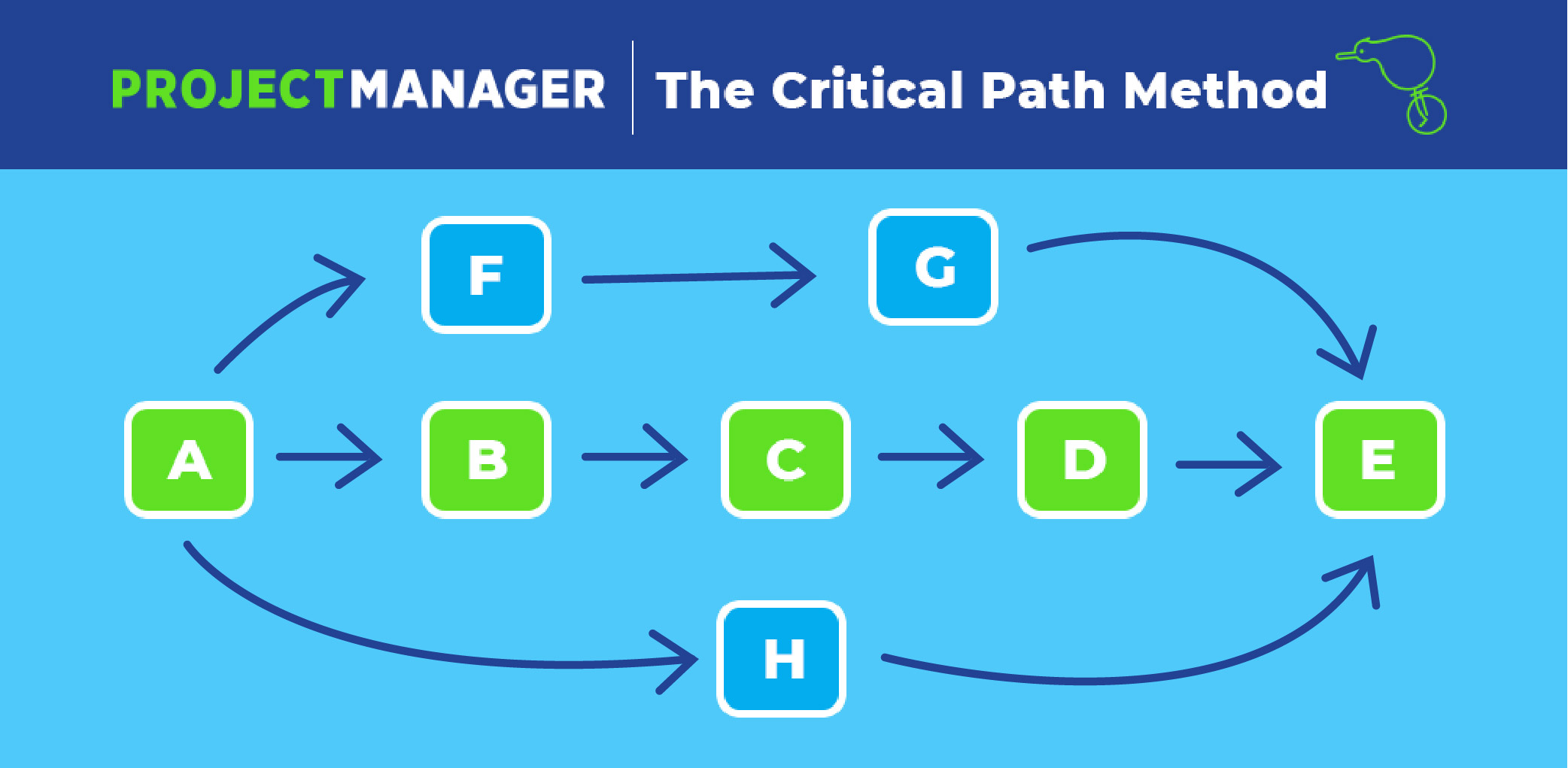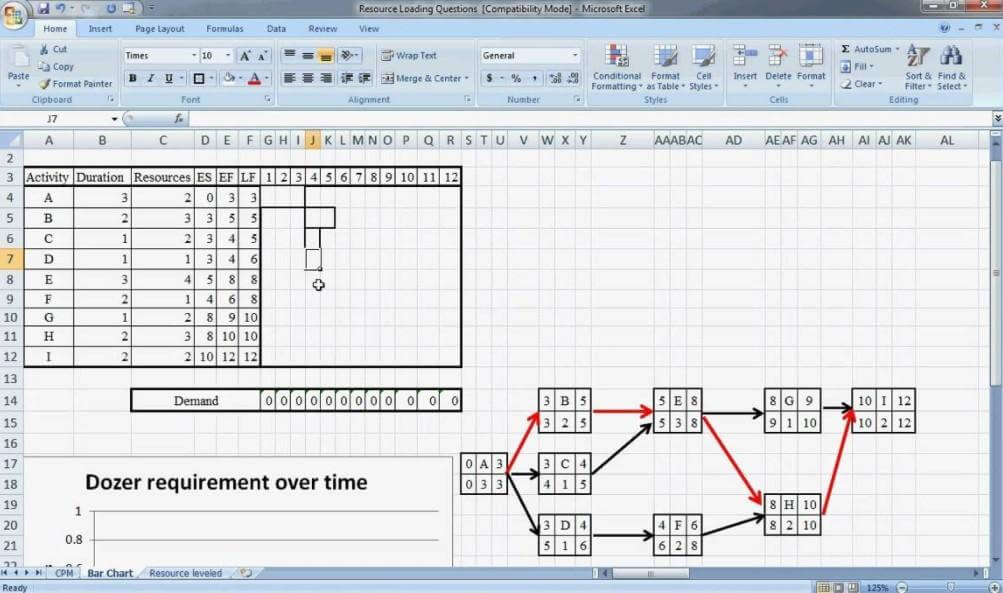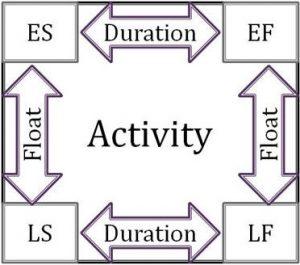What is the Critical Path Method?
The Critical Path Method (CPM) is a project modeling approach used by project managers to locate essential deadlines and execute the project on schedule. The vital route of the project is the longest gap between start and finish, involving all activities and their period. When a vital path is defined, you will have a clear view of the real project timeline.
To find this, project managers use the CPM algorithm to find the least amount of time needed to finalize each activity with minimum slack.

Critical Path – Definition of Terms
Earliest start date: Identifies the earliest date a task may be initiated in a project. You will need to know if other tasks rely on this specific task, or if there are any constraints that might interfere. Next is the earliest finish date. This is the earliest date the assignment will be accomplished.
Latest start date: This is the latest in which you can begin a task before it messes with your project schedule. By calculating when the latest finish date is, you will have a clearer picture that would allow you to properly meet the project deadlines.
Float (or Slack): A concept that explains how long a task can be postponed within a project. When you’re gathering tasks for the critical path, they should have zero float. Else, they go down a non-critical path, which means even if postponed, the project will still finish on schedule.
Crash duration: This defines the shortest time a task can be planned for. By moving around resources and a few other changes, you can reduce the time required to finish the task. This often implies a decrease in efficiency, but it is dependent on the relationship between cost and time.
When to Use It?
CPM works best for smaller to medium-sized projects. The bigger the project, the more complicated it will be to take all the details you need to diagram to make sense of it without any tools.
Yet it works well for complex projects since critical path analysis maps the dependent tasks; which are those that can not start or finish before the next one has begun or ended.
Using the Critical Path Method in a Project

1. Define the project scope
You need to identify all the activities that need to be done to finish the project. All project tasks must have a period and a precise date.
2. Critical path analysis and identification
The core principle behind critical path analysis is that you can’t start certain activities before others are completed. They have to be performed in a sequence, with each step finished before the next one can begin.
3. Different project paths
When you build a network diagram or a path analysis diagram, you may have more than one critical path in a project running at the same time. This could be the product of several dependencies between tasks, or of different sequences operating for the same period.
4. Determine the time intervals for completing each activity
Estimated time for each intervention can help you decide the time required to finish the whole project (small tasks can be measured in a few days; more complicated ones take a long evaluation).
5. Find a critical path
The Activity Network can help you build the longest sequence on the path using the following terms (Early Start / Early Finish / Late Finish / Late Start)

How to Calculate the Project Critical Path
- Break Down the Project: List all the tasks necessary to finish the project. You could use a work breakdown structure, a hierarchical decomposition of the project that contains all deliverables.
- Estimate Task Duration: You might get advice from somebody so that you can get the most reliable approximation of the length of the different tasks possible.
- Determine Task Dependencies: If there are some task dependencies, you want to mention them, then. It’s a central factor in the management of successful activities.
- Add Milestones: Having milestones allows you to keep you on track in order to make sure that you follow your baseline schedule.
The Pros and Cons of the approach
Advantages of Critical Path Method (CPM):
- It points out the tasks that can run parallel to one another.
- It allows the project manager to recognize the project’s most important elements.
- It offers a realistic and disciplined basis that helps to decide how to fulfill the objectives.
- CPM is efficient in the management of new projects.
- CPM may improve the understanding of the team if it is correctly applied.
- CPM offers a demonstration of the dependencies that assist with the scheduling of individual tasks.
- It displays the activities and their effects as a network diagram.
- It provides a fair and clear method for reporting the project.
- It helps to assess the time of the slack.
- A concise and transparent strategy is developed to convey project plans, deadlines, time, and expense performance.
- It is commonly used in the industry.
- It helps in optimization by deciding the length of the project.
Disadvantages of Critical Path Method (CPM):
- The workers’ scheduling is not managed by the CPM.
- It is difficult to measure the completion time of an operation.
- The critical path in CPM is not always clear.
- CPM networks can also be challenging with larger projects.
- It also doesn’t cover the scheduling of resource allocation.
- In CPM, the critical path has to be precisely measured.

Leave A Comment?